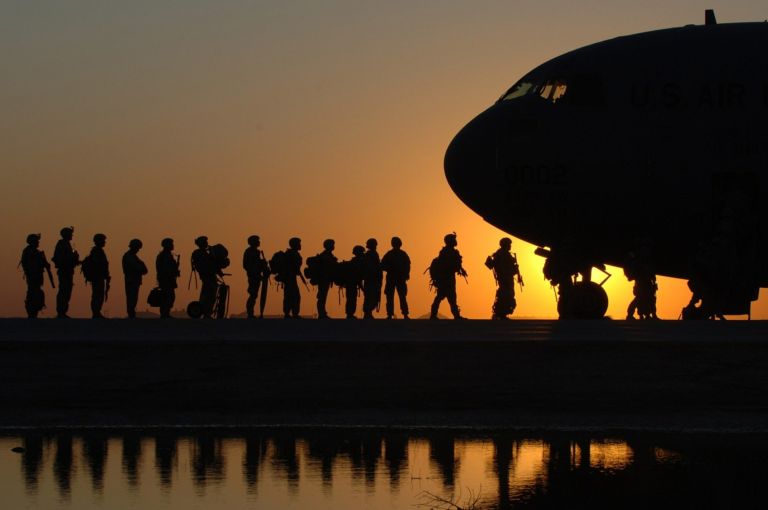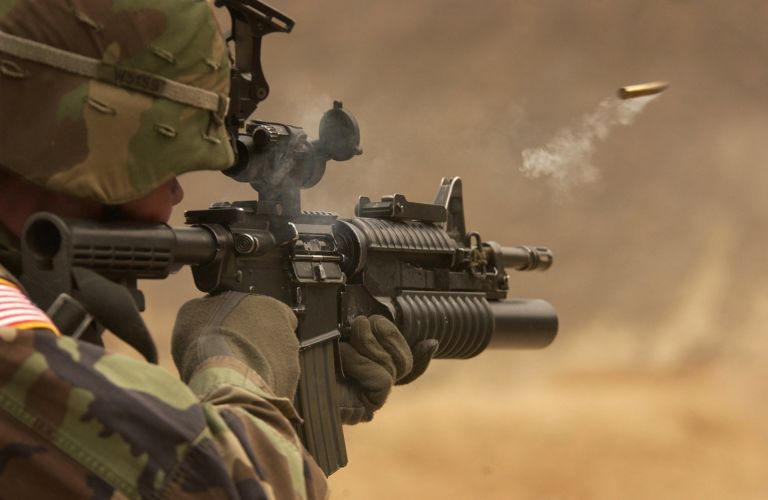Earlier today, a Navy F/A-18 fighter jet crashed shortly after takeoff into an apartment building in Virgina Beach. The pilots ejected and are OK; the number and degree of injuries on the ground is uncertain as of now.
Sadly, this accident comes as no great surprise. Virginia Beach has grown up around Naval Air Station Oceana, the Navy’s largest fighter base. Populated areas and fighter jets don’t mix well — eventually, a fighter will have a problem and end up doing something like this. Or worse.
It’s an issue the Pentagon has been aware of for many years. The 2005, BRAC round struggled with the issue, but couldn’t craft an effective solution:
“The reality of life for Oceana is as you fly the landing pattern at whatever height you are, you are flying over buildings, schools, churches, and shopping centers” said Commissioner James Hill, a retired Army four-star general, during the commission’s final deliberations in August.
“In good conscience, many of us up here have said we’ve got to do something about that because when the plane augurs into Lynnwood Mall I want to have at least had my say on this subject.”
“Oceana is not the long-term future master jet base for the Navy,” noted former Transportation Secretary Samuel Skinner. “The Navy has said that. It’s obvious as you look at the future of the Navy that it will not be.”
At the time, the Navy wanted to eventually build a new air field somewhere in the Southeast as a replacement for Oceana. Haven’t heard much about that since then. This crash may well serve to put the question back on the agenda, especially with another BRAC round possible next year.


